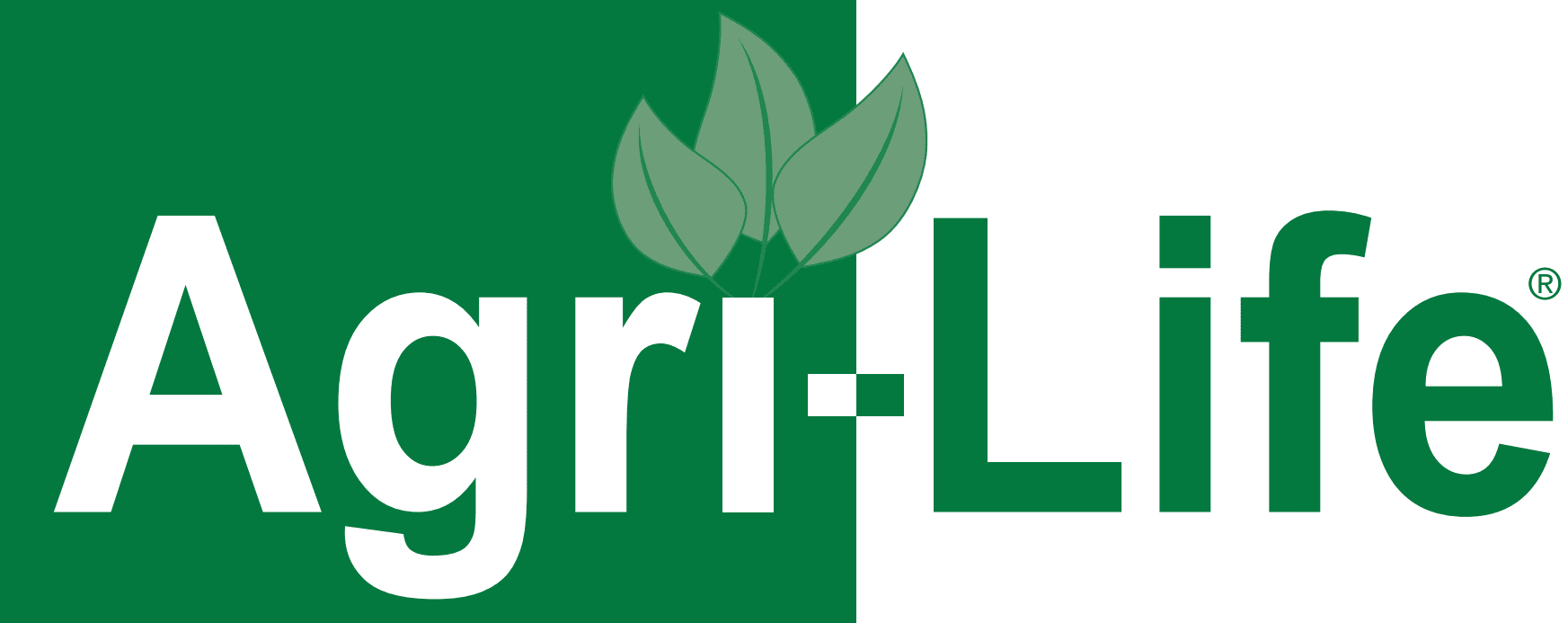Precautionary Statements
Hazards to Humans and Domestic Animals
Danger: It is corrosive. It causes irreversible eye damage. It is harmful if swallowed. It is harmful if absorbed through the skin. Do not get in the eyes, on the skin, or on clothing. Wear protective eyewear (goggles, face shields, or safety glasses). Wash thoroughly with soap and water after handling and before eating, drinking, chewing gum, using tobacco, or using the toilet. Remove and wash contaminated clothing before reuse.
Personal Protective Equipment (PPE)
- Chemical-Resistant Headgear for Overhead Exposure
- Long Pants, Shoes and Socks
- A Long-Sleeved Shirt
- Protective Eyewear (Goggles, Face Shield, or Safety Glasses)
- Waterproof or Chemical-Resistant Gloves, Such As Barrier Laminate, Butyl Rubber >14 mil, Nitrile Rubber >14 mil, Neoprene Rubber >14 mil, Polyvinyl Chloride (PVC) >14 mil, or Viton >14 mil
Engineering Controls Statements
When handlers use closed systems, enclosed cabs, or aircraft in a manner that meets the requirements listed in the Worker Protection Standard (WPS) for agricultural pesticides (40 CFR 170.240(d)(4-6)), the handlers’ PPE requirements may be reduced or modified as specified in the WPS. Pilots must use an enclosed cab that meets the definition listed in the WPS for agricultural pesticides (40 CFR 170.305).
User Safety Recommendations
Users should:
Follow the manufacturer’s directions for cleaning and maintaining the PPE. If no such directions for washables exist, use detergent and hot water. Keep and wash the PPE separately from other laundry. Discard clothing and other absorbent materials drenched or heavily contaminated with this product’s concentrate and do not reuse them.
Physical or Chemical Hazards
Do not use near or in containers composed of iron. Do not mix or allow coming in contact with reducing agents. A hazardous chemical reaction may occur.
Environmental Hazards
Fish Advisory Statement: This copper product is toxic to fish and aquatic organisms. Unlike most organic pesticides, copper is an element that will not break down in the environment and will instead accumulate in sediment with repeated applications. Copper is a micronutrient, but its pesticidal application rate exceeds the amount of copper needed as a nutrient.
Waters treated with this product may be hazardous to aquatic organisms. Treatment of aquatic weeds and algae can result in oxygen loss from the decomposition of dead biomass. This oxygen loss can cause fish and invertebrate suffocation. To minimize this hazard, do not treat more than 1/2 of the water body (excluding water infrastructure and constructed conveyances, such as drainage canals, ditches and pipelines or intakes and aqueducts for drinking water or irrigation use) to avoid depletion of oxygen due to decaying vegetation.
Wait at least 14 days between treatments. Begin the treatment along the shore and proceed outward in bands to allow fish to move into untreated areas. Consult with the state or local agency with primary responsibility for regulating pesticides before applying to public waters to determine if a permit is required.
Application of algaecides to high-density blooms of cyanobacteria can result in the release of intracellular contents into the water. Some of these intracellular compounds are known mammalian hepato- and nervous system toxins. Therefore, to minimize the risk of toxin leakage, manage cyanobacteria effectively to avoid applying this product when blooms of toxin-producing cyanobacteria are present at a high density.
In situations where rapidly reproducing toxic algal species pose a public health threat to drinking or recreational water resources, applicators must receive authorization from state, local, or tribal water resources authorities to apply copper at intervals shorter than 14 days should the circumstance demand.
Certain water conditions, including low pH (<6.5), low dissolved organic carbon (DOC) levels (3.0 mg/L or lower) and “soft” waters (i.e., alkalinity less than 50.0 mg/L), increase the potential acute toxicity to non-target aquatic organisms. The application rates on this label are appropriate for water with pH values >6.5, DOC levels >3.0 mg/L and alkalinity greater than 50.0 mg/L. Avoid treating waters with pH values <6.5, DOC levels >3.0 and alkalinity less than 50.0 ppm (e.g., soft or acid waters), as trout and other sensitive fish species may be killed under such conditions if present.
Consult your state department of natural resources or fish and game agency before applying this product to public waters. Permits may be required before treating such waters.
For terrestrial uses, this pesticide is toxic to fish and aquatic invertebrates and may contaminate water through runoff. This product has a potential runoff for several months or more after application. Poorly drained soil and soils with shallow water tables are more prone to produce runoff that contains this product. Drift and runoff may be hazardous to aquatic organisms in water adjacent to treated areas.
For terrestrial uses, do not apply directly to water, areas where surface water is present, or intertidal areas below the mean high-water mark. Do not contaminate water when disposing of equipment wash water or rinsate.
